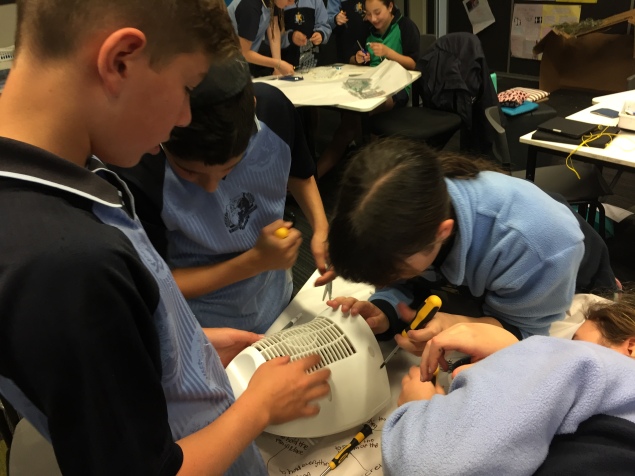A colleague of mine has three daughters. One says when school shuts, she will follow her daily schedule and stick to the school routines. Another says she will finally have time to work on her personal projects. The third says that she will see how she feels when she wakes up each day.
As we prepare for school closure in Australia, emotions are heightened and interactions are fraught as individuals struggle with their particular anxieties and uncertainties. It’s a time for empathy, for pausing to remember that everyone’s reality is different and, for many, stories they don’t choose to share might be impacting their very way of being. What seemed right when we started preparing our guidelines for remote learning (was it really only the week before last?) has already been adapted several times and is still changing, as the sands rapidly shift.
If ever there was an appropriate, authentic time to practise the Circle of Viewpoints thinking routine for exploring different perspectives, from Project Zero, this is it. What might different teachers need right now? How might parents be feeling? How will we meet the needs of our diverse learners, as students and as human beings?
What will our students need?
- a sense of community and connection with peers?
- daily checkins with their teachers?
- similar routines to usual?
- plenty of opportunities and ideas to keep them busy?
- lots of choice?
- not too much choice?
- no expectation that stress them out?
- clear expectations that keep them focused?
- time to work on personal projects?
- time and space to just be with their families?
- more work?
- less work?
- different work?
- no work?
What will our parents need?
- clear guidelines for schoolwork?
- asynchronous opportunities only, to relieve pressure?
- synchronous opportunities to maintain routine?
- more work?
- less work?
- different work?
- no work?
- regular checkins from the school?
- not too many checkins from the school?
- appreciation that they might have several kids to care for?
- recognition of their financial concerns?
- understanding that they are worried their children will miss out on their education?
- time and space to just be with their families?
What will educators need?
- plenty of support from leaders?
- tech support to ensure they can manage online learning?
- a sense of community and cohesion?
- clear expectations in terms of their roles?
- understanding of their challenges and fears?
- appreciation that they too might have several kids to care for?
- recognition of their financial concerns and insecurities?
- time and space to just be with their families?
As we plan for school closure, the most important thing to remember is that one size will not fit all. Awareness of the myriad factors, other than school, currently impacting lives, is paramount.











